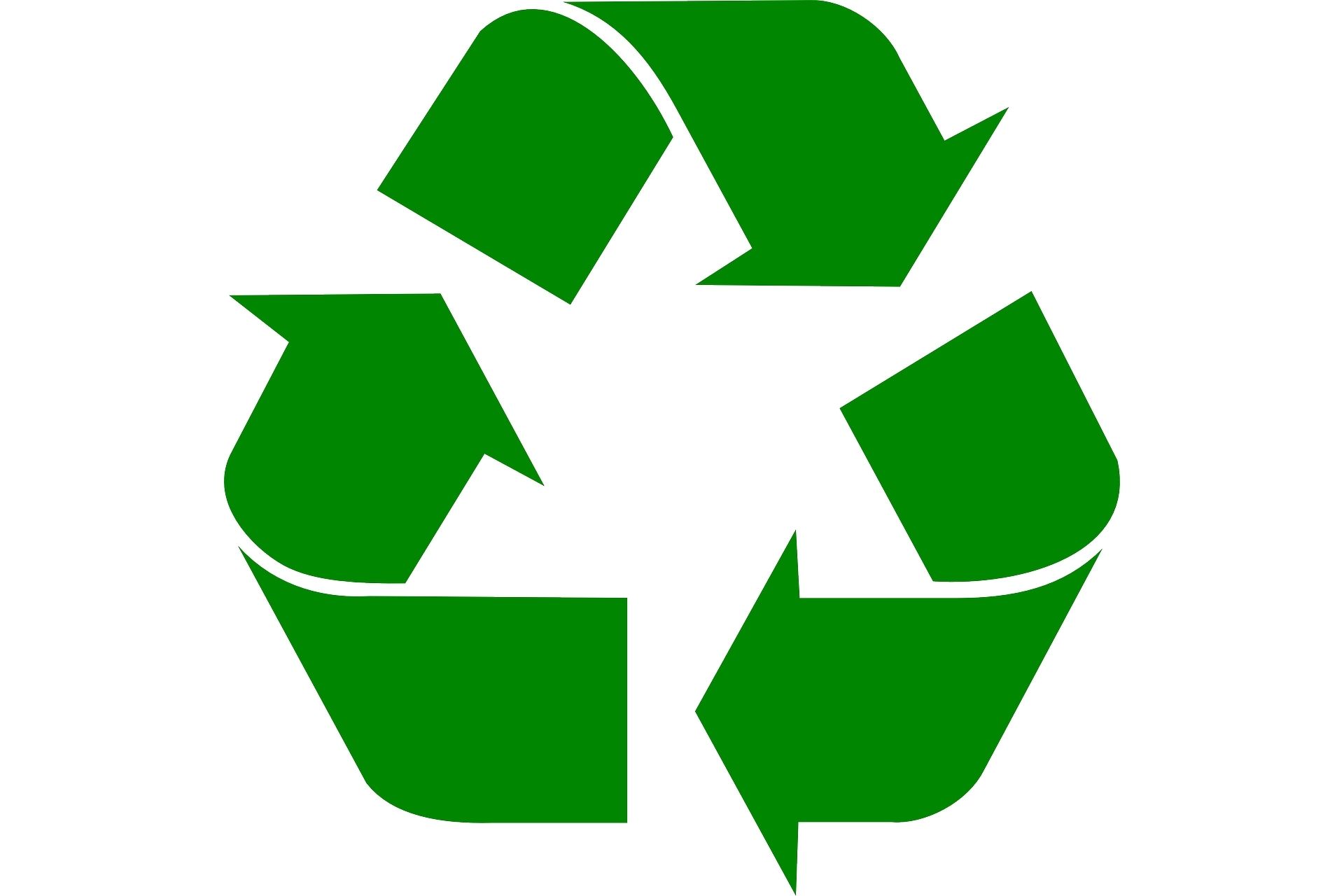
Decoding America’s Recycle Symbol
We are reader-supported. When you buy through links on our site, we may earn affiliate commission.
Over a fourth of the nation recycles their used plastic, aluminum, paper and other container materials. Though many residents understand the importance of recycling, few understand its origin. Decoding America’s recycle symbol can provide insight into sustainable living’s importance.
Who Invented the Recycle Symbol and Why?
In 1970, Gary Anderson designed the tri-arrow symbol for a Container Corporation of America contest. They held the competition to raise awareness around consumerism and ecological degradation. The symbol’s development occurred close to the U.S.’s first Earth Day, further supporting sustainable education.
Anderson explained the symbolism behind his piece and the Mobius loop’s influence. He created the graphic showing three arrows chasing each other continuously. The symbol represents the closed-loop system of recycling.
He described what each arrow meant to the contest judges, noting their steps in the conventional recycling process. The first one represents the materials and their place in the bin on the curbside. Anderson then explains how the second arrow signifies the manufacturing practice.
The artist views the second curve as the transformation of used materials into new products. He notes the last arrow’s representation of the purchasing step. When consumers buy recycled items, they start the process over again.
Today, many view the arrows as representations of the three R’s. Reduce, reuse, recycle is an essential sustainability concept helping consumers minimize municipal solid waste (MSW). Reducing landfill waste is critical to limiting atmospheric degradation and surface-level pollution.
The Importance of Reducing MSW
Manufacturing and disposing of single-use items have adverse effects on the environment. Creating one .53-quart water bottle releases 82.8 grams of carbon dioxide into the environment. When the air pollutants accumulate in the atmosphere, they change its composition and hinder its ability to maintain life-sufficient surface temperatures.
Naturally, Earth produces heat from solar radiation to support the global ecosystem. After warming the surface, the atmosphere recollects excess energy and sends it to space. The process creates the perfect environmental conditions for various species’ development.
Greenhouse gases can produce heat more efficiently than conventional atmospheric elements. They also keep excess energy in the environment, re-filtering it through the heat production process. Emissions’ overproduction and entrapment of heat increase Earth’s temperature.
As the planet becomes warmer, ecological degradation increases, reducing various species’ ability to survive. Reducing MSW is also essential to preserving marine life. When single-use plastic reaches a landfill, it may decompose into tiny beads called microplastics.
Stormwater can carry microplastics away from a landfill towards the ocean. When the beads reach significant water sources, they may interfere with aquatic ecosystems. Fish and other species often mistake microplastics for food, ingesting them and experiencing adverse health effects.
When individuals consume seafood, they may ingest a portion of microplastics, also experiencing negative impacts. Manufacturing materials from scratch additionally affects workers. The U.S. outsources many of its resources for product production.
American companies rarely regulate the working conditions in the less developed countries they work with. Blind outsourcing often leads to child labor challenges and poor working conditions. Individuals can reduce the adverse effects associated with MSW by engaging in sustainable consumer practices.
Reduce
The first of the three R’s associated with the recycle symbol is reduce. Minimizing your purchase of containers and other unnecessary materials can significantly shrink your carbon footprint. Reduce is the first R because it is most important, and one should consider it as the first resort.
Individuals can reduce their support of single-use plastics to limit MWS. They may purchase groceries from plastic-less stores, placing their produce in reusable bags instead of single-use versions. You can also bring reusable containers to dinner for leftovers, reducing food waste and surface-level pollution.
Many recycling facilities rely on fossil fuels for energy, producing a small amount of greenhouse gas emissions. When consumers reduce the number of recyclable materials in the nation, they minimize atmospheric degradation.
Reuse
The second R, reuse, gives materials a second life before reaching a recycling facility or landfill. When you purchase food items in a jar or container, evaluate potential second uses instead of immediately throwing them in the blue bin. Thrift shopping is another trendy way to engage in the reuse practice.
Instead of purchasing new clothing from fast fashion companies, individuals may shop at consignment stores, reducing waste. You may also fix broken products, clothes or accessories to enhance their longevity instead of throwing them out. If your garments become worn beyond repair, you can reuse them as cleaning rags, further extending their lifecycle.
Recycle
The final R stands for recycle. Though the media paints recycling as the most eco-friendly waste reduction tactic, it is essential to evaluate its place in the order. Recycling facilities require a significant quantity of energy.
Transporting recyclable materials from the residential sector to a management center also produces greenhouse gas emissions, reducing sustainability levels. When evaluating the recycling symbol, the third arrow represents recycling because it is the last resort.
Establishing Sustainable Change
Consumers can reduce their environmental impacts by following the recycling symbol and motto. You may establish sustainable lifestyle changes by investing in reusable products, like metal straws and cups, helping limit your waste production rates. Over time, minimal changes can make a significant impact, enhancing environmental conservation.
Share on
Like what you read? Join other Environment.co readers!
Get the latest updates on our planet by subscribing to the Environment.co newsletter!
About the author
Jane Marsh
Starting from an early age, Jane Marsh loved all animals and became a budding environmentalist. Now, Jane works as the Editor-in-Chief of Environment.co where she covers topics related to climate policy, renewable energy, the food industry, and more.





